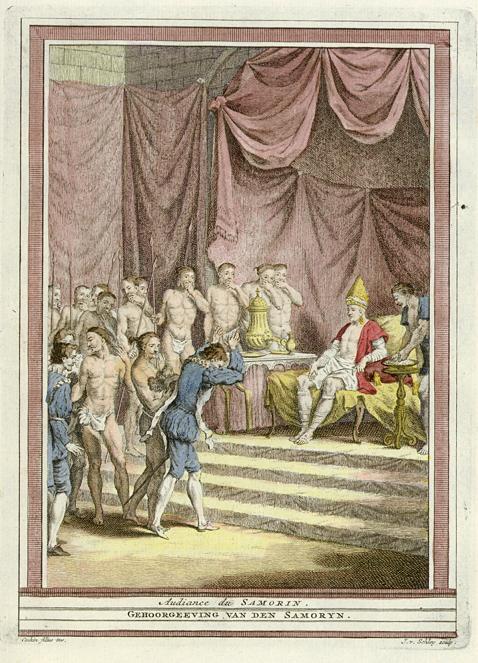

Vasco da Gama meets the Zamorin of Calicut in 1498; for more on this symbolically momentous encounter, see *Vasco da Gama*

*"The Idol of Calicut," in a depiction from 1516* (Univ. of Zurich)
"Jörg Breu d. Ä. zugeschrieben, Idol von Calicut, in: Ludovico de Varthema, 'Die Ritterlich und lobwürdig Reisz', Strassburg 1516. (Bild: Völkerkundemuseum der Universität Zürich.)"

A depiction of that same alleged idol by *MUNSTER*, 1552, who briefly describes it as well
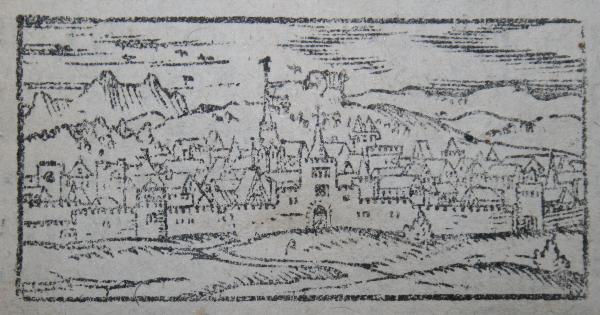
A view of Calicut, in "Narsinga," by *MUNSTER*, 1588; *the whole page*
Source: ebay, Dec. 2007
Probably the earliest depiction of Calicut, from 1572; CLICK ON THE IMAGE FOR A HUGE SCAN
Source:
http://historic-cities.huji.ac.il/india/calicut/maps/braun_hogenberg_I_54_1.html
(downloaded Feb. 2006)
"Calechut celeberrimum Indiae emporium. From Braun and Hogenberg,
Civitates
Orbis Terrarum I 54. Date: first Latin edition of volume I was
published
in 1572. After: an unidentified Portuguese manuscript."
Source: ebay, Dec. 2006
*The fort of Calicut, from an early Portuguese description*
Source:
http://www2.crb.ucp.pt/historia/abced%C3%A1rio/calicut/Index.htm
(downloaded Oct. 2005)
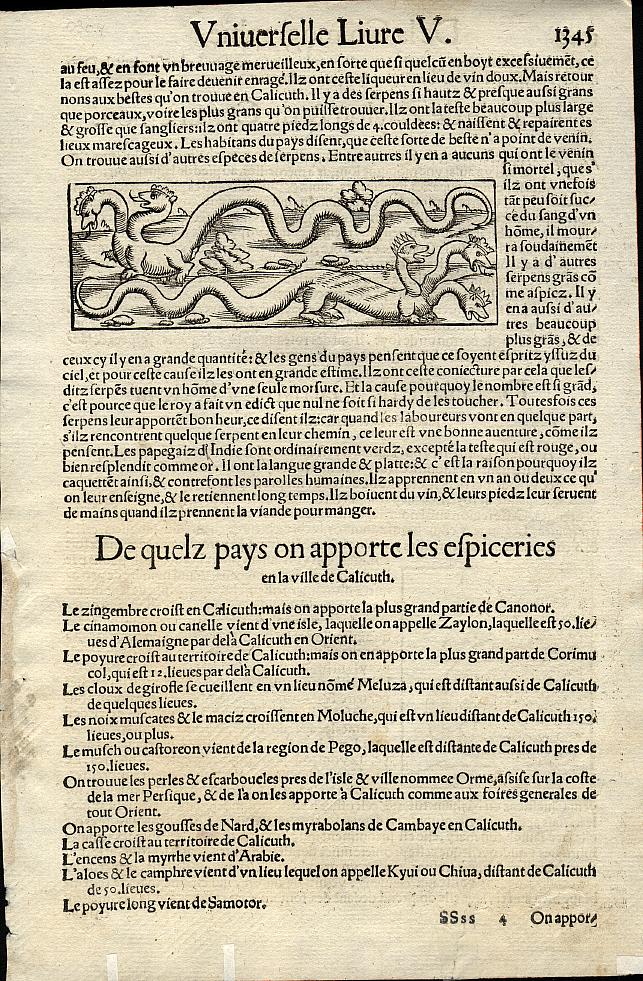
Calicut in the 1500's, according to *MUNSTER*: monster snakes--and a list of trade goods and trade routes
Source: ebay, Nov. 2003
"1552 Description of India, Ceylon, and Burma from "Cosmographia"
by
Sebastian Münster: Calicut (woodcut). French edition; Basel
printing house of Sebastian Heinrich-Petri 1552. Book V, page
1345.
Page
1345 describes the town of Calicut (Calicuth; Kozhikode) in
southwestern
India, on the Malabar Coast. Münster writes about various kinds of
snakes inhabiting Calicut, and also provides a list of spices and
of
spice
trade partners of Calicut, including China, Arabia, Sumatra,
Moluccas,
Pego (Burma), Ceylon, Ormuz (Persia), Canonor (Cannanore in
India),
Cambaia
(Cambaye, Camboja - Cambodia), and others."
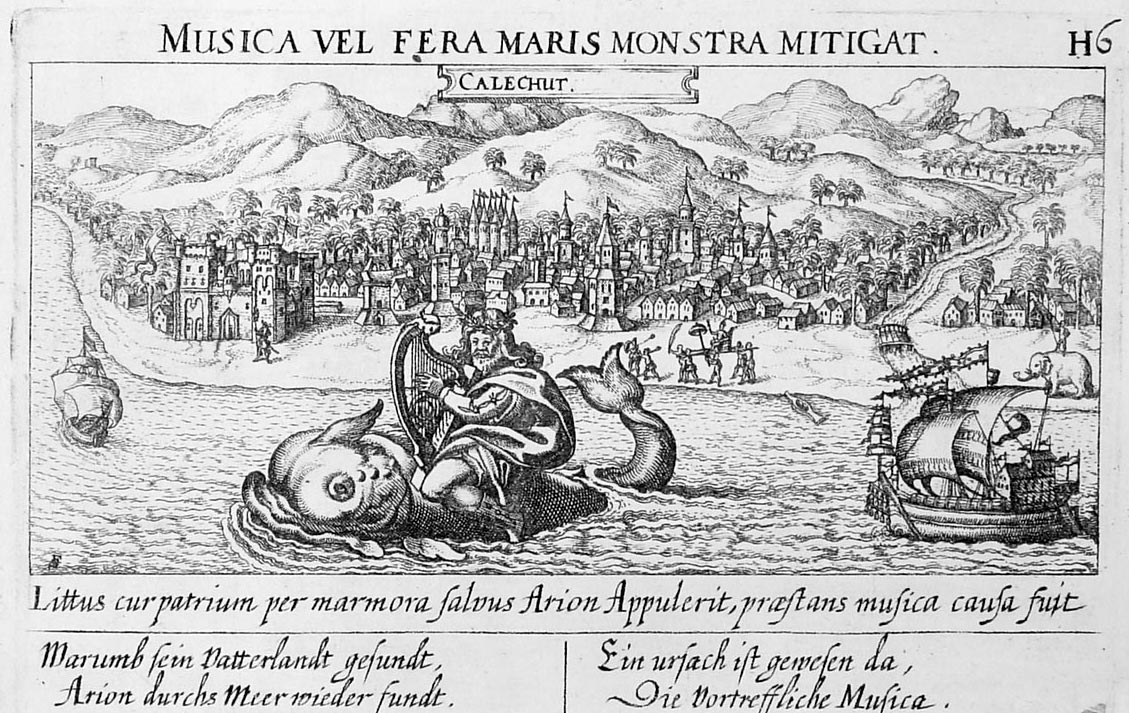
Calicut and its resident sea monster, by Daniel Meissner, 1620's
Source: ebay, Sept. 2002
"Calechut, by Daniel Meissner, in his series Town Atlases in
eight
volumes.
The work was first published in parts between 1623 and 1631 under
the
title
Thesaurus Philo-Politicus. After Meissner's death in 1625, it was
continued
by Kilian Lieboldt and H. Kornman. The plates were made by among
others
Meissner, Matthias Merian, and Sebastian Furck."
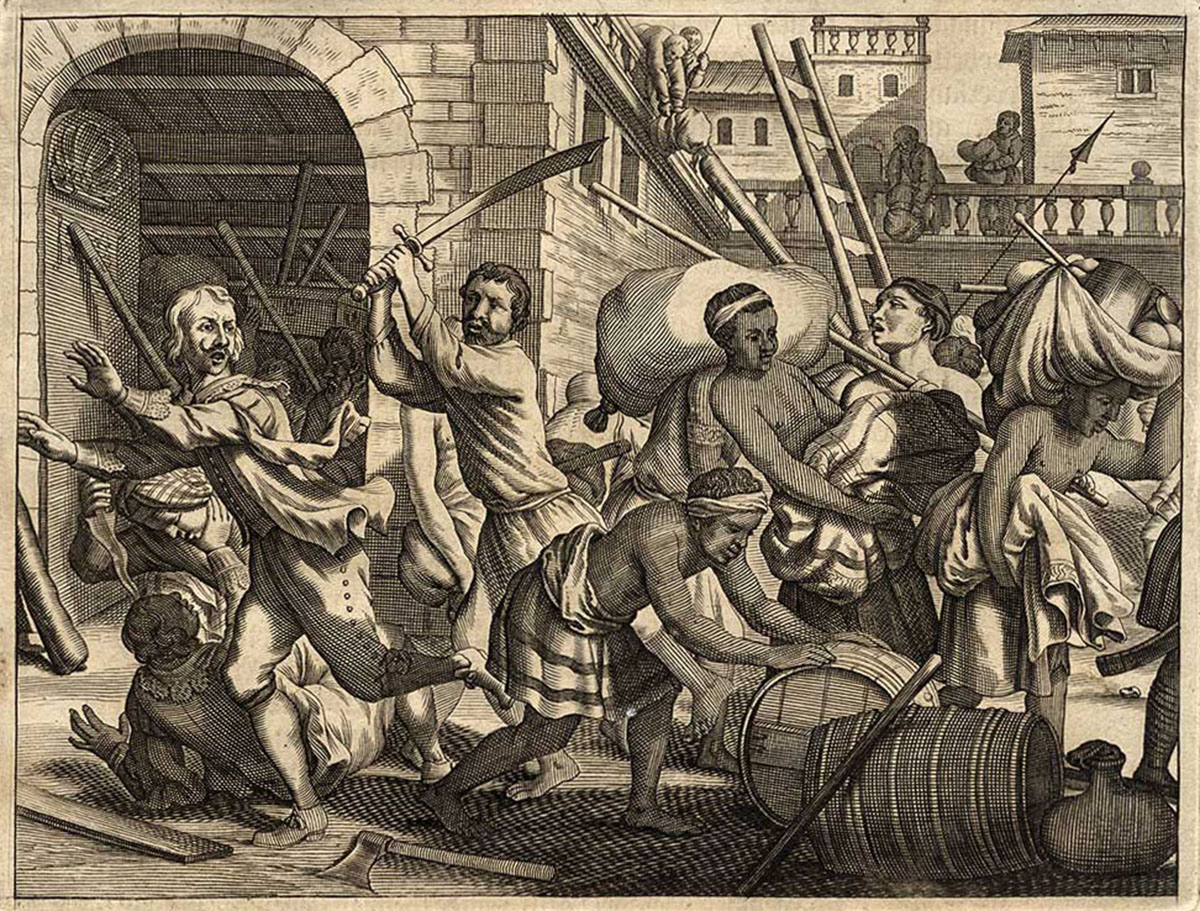
"Portugesen, in Calecut wohnhaftig, schandlich ermordet
und ihre Logie beraubet' (The Portuguese in Calicut murdered,
and their living quarters plundered)" by Philip Baldaeus, from 'Nauwkeurige
beschrijving Malabar en Choromandel, derz. aangrenzend rijken,
en het machtige eiland Ceylon' , Amsterdam, 1672
Source: ebay, Aug. 2014
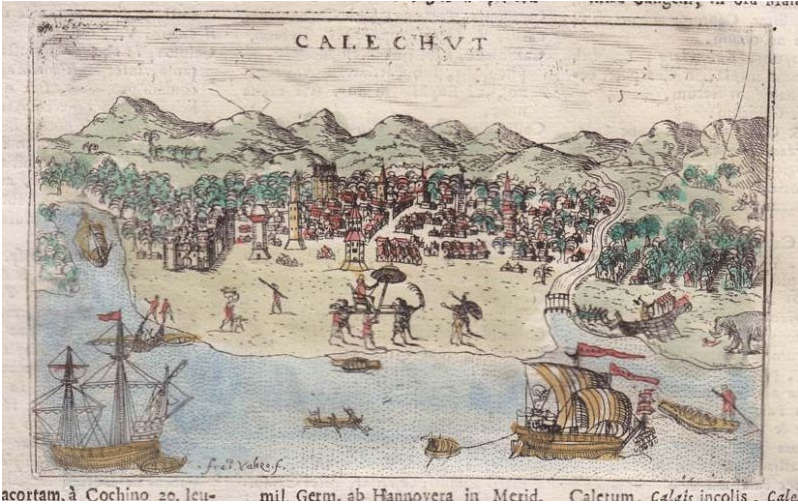
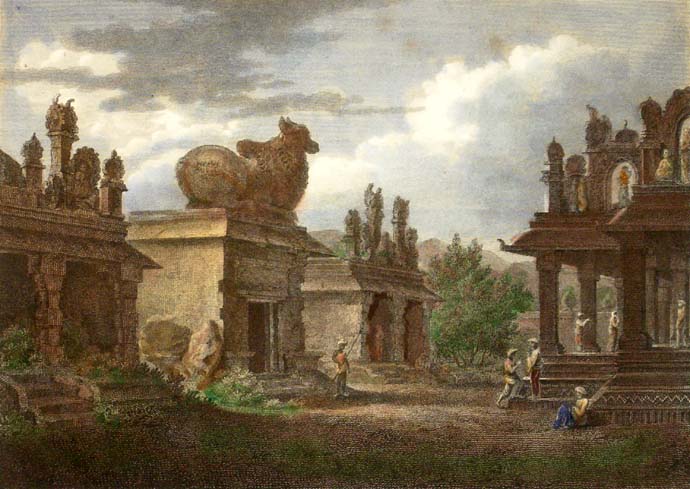
"Pagodas at Calicut," by Henry Salt, 1809 (with modern hand coloring)
Source: ebay, Feb. 2007
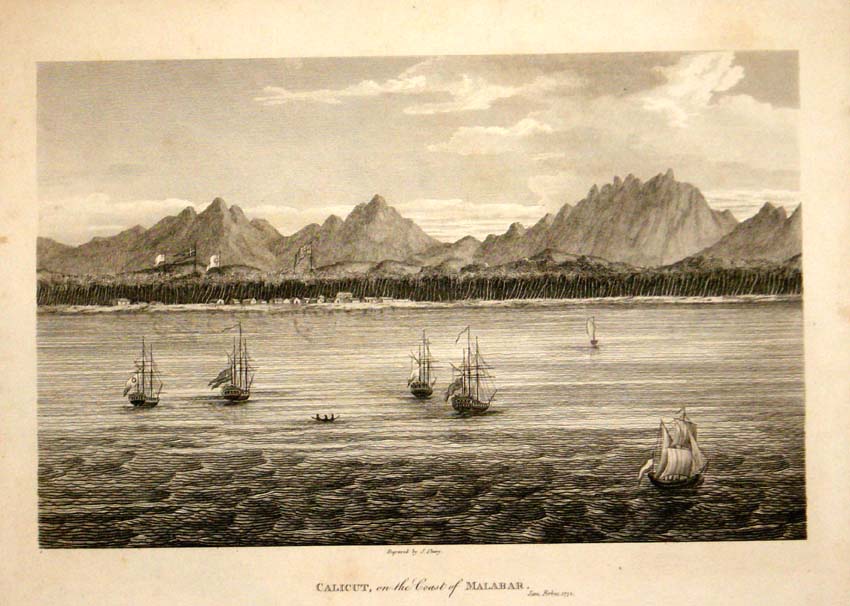
"Calicut, on the Coast of Malabar," from James Forbes's Oriental Memoirs, London, 1813: *more information (BL)*
Source: ebay, Sept. 2004
*"Calicut," from an English history book, 1851*
Source: ebay, May 2007
== Indian Routes index == Indian Routes sitemap == Glossary == FWP's main page ==